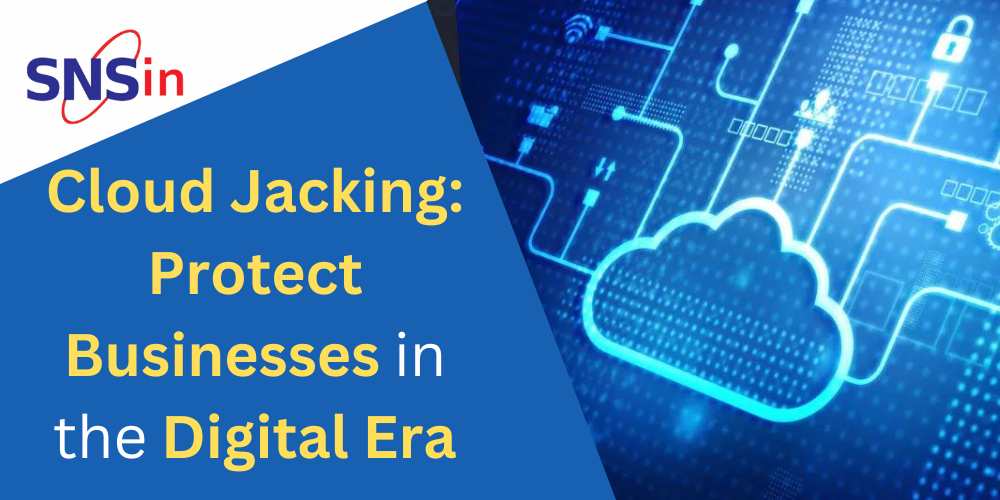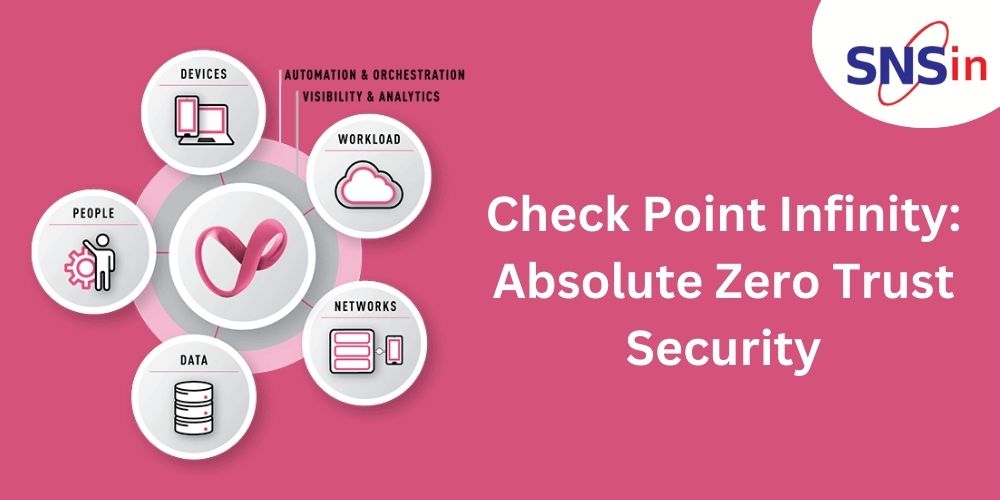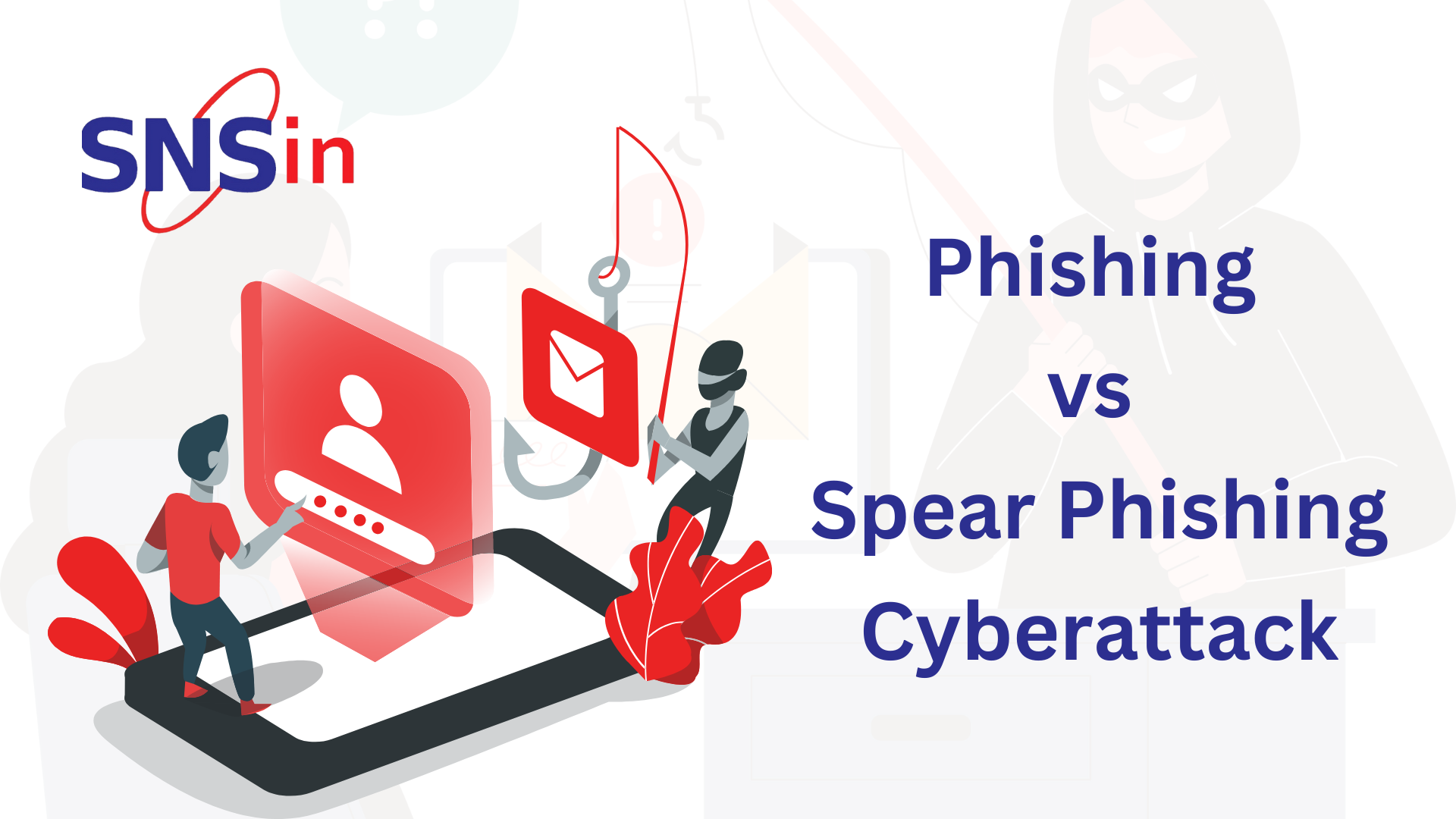Cloud computing has transformed how businesses run in the digital era. The widespread acceptance of the cloud results from its scalability and accessibility. However, development also brings new difficulties. One issue with the rising cyber threat is “Cloud Jacking”.
What is Cloud Jacking?
An unauthorized cyberattack, known as cloud jacking, occurs when Cybercriminals use security flaws or shoddy login credentials to obtain unauthorized access to a person’s or company’s cloud services.
Upon gaining access, Cybercriminals use the cloud environment for malicious purposes. It could result in data breaches, financial loss, resource misuse, and reputational harm.
Strong authentication, ongoing supervision, and adherence to cloud security best practices are examples of preventive measures.
Principles Behind Cloud Jacking
Exploiting Weak Credentials
Cybercriminals leverage weak or stolen credentials to gain unauthorized access to cloud accounts. Phishing cyberattacks play a role by tricking unsuspecting users into giving away their login credentials.
Targeting Vulnerable Application Programming Interfaces (APIs)
Cloud services rely more on APIs for flawless functionality. Hence, it makes sense to target vulnerable APIs. Cybercriminals use these APIs’ security flaws to take unauthorized control of cloud resources.
Malicious Software
Malicious software can enter cloud systems through infected files or links. After gaining entry, the malware might increase its level of access, taking control of the infected cloud resources.
Misconfigurations
Cybercriminals can access cloud systems due to security misconfigurations or shoddy encryption techniques.
Risks Attached with Cloud Jacking
Data Breaches
Cloud Jacking can lead to data theft of customer records, financial data, and intellectual property. Such personal information could be sold on the dark web. It could also be exploited through extortion for malicious purposes.
Resource Manipulation
Cybercriminals can exploit compromised cloud resources to their advantage. This may involve launching DDoS attacks, or hosting malicious websites.
Financial Consequences
Organizations that fall victim to Cloud Jacking can experience financial losses due to business disruptions, legal complications, and potential regulatory penalties.
Reputation Damage
A data breach resulting from Cloud Jacking can tarnish an organization’s reputation, eroding customers’ trust and investor confidence.
Importance of Cloud Jacking Awareness for Corporates and Businesses
Vulnerabilities in the supply chain
Cloud jacking impacts specific enterprises and puts their connected supply chain partners at risk. The integrity of the entire supply chain may be jeopardized by a single attack on the cloud resources of one firm.
Protection of Intellectual Property (IP)
IP is a significant asset in today’s competitive corporate climate. Cloud jacking threatens the privacy and security of confidential information, such as trade secrets, designs, and patents.
Insider Threat Amplification
Cloud jacking has the potential to exacerbate insider attacks. Access to cloud resources may be misused by disgruntled employees or contractors, who could then use the vulnerabilities to cause disruptions.
Compliance and Legal Challenges
Legal and regulatory issues may arise due to a Cloud Jacking incident. It could lead to penalties and reputational damage for non-compliance.
Incident Response Readiness
Being aware of the hazards associated with Cloud Jacking motivates Businesses to create thorough incident response strategies. Rapid action is ensured through preparation, which reduces the effects of an attack and speeds up recovery.
Keeping Cloud Jacking at Bay
Strong Multi-Factor Authentication (MFA)
Implement strong MFA to protect user logins against illegal access attempts.
Continuous Monitoring
Use monitoring techniques to spot odd behaviour, illicit access, and unusual activity in cloud systems.
Patch Management
Keep all programs and software up to date. Install the most recent security updates to fix flaws.
Cyber Educate Your Employees
Make Cybersecurity Awareness Trainings a top priority. Keep your employees informed on the dangers of phishing and social engineering techniques.
Compliance
Comply with best practices for cloud security. It includes data encryption, deployment of firewall with latest security features, and adherence to the least privilege principle.
Conclusion
Modern corporate landscapes have changed because of the revolutionary potential of cloud computing. New cybersecurity concerns have emerged and Cloud Jacking is a significant issue.
Businesses must understand Cloud Jacking and know the risks involved. They must adopt strong security measures to operate in the cloud environment.
Cybercriminals focus their targets on employees to gain company access. Thus, Businesses must also invest in Cybersecurity Awareness Training Workshops for Employees.
SNS – is a Trusted Security Partner since 2000. We conduct Cybersecurity Awareness Training Workshops to Corporates apart from implementing latest cyber security solutions.
If interested to know more, reach out to us at [email protected]
Swathi
Author
Working IT professional and a Cyber Security enthusiast. Passionate to write about Cyber Security topics and Solutions. I share my insights as I study articles and trending topics in the field of Cyber Security.
![]()




